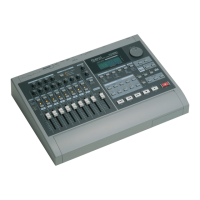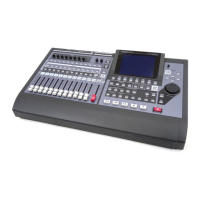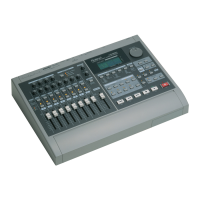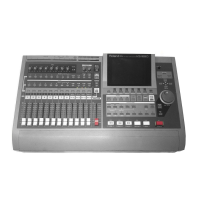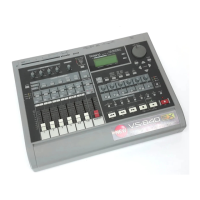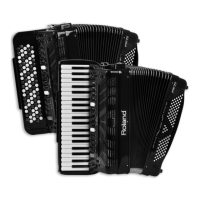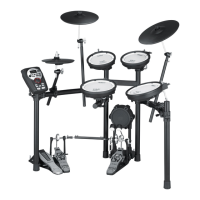6—Understanding the Hard Disk Recorder
88 www.RolandUS.com Roland VS-2400CD Owner’s Manual
As you can see, this gives you with a
huge
sonic palette to work with. You can even
construct totally different versions of a project from its massive collection of V-Tracks.
Track Editing Basics
The following sections provide just a brief introduction to the editing of tracks in the
VS-2400CD. We’ll discuss it in detail beginning in Chapter 18, which starts on Page 231.
There are two basic ways you can edit the contents of a track:
• You can work with phrases (Page 85).
• You can work on a specific time “region” within a track.
About Editing Phrases
Phrase editing is the quickest way to work with a track’s audio, since it works with pre-
defined chunks of the track. You can perform a range of operations on a phrase—these
are detailed in Chapter 19.
You may also find it handy to manually divide the phrases on a V-Track into new
convenient, easy-to-work-with chunks. Though this can take a little time, it can save
you a
lot
of time later on in the editing process:
• If you’re working on a song, and think you’ll be moving a track’s sections around,
you can turn each section into a phrase. This’ll let you simply grab the desired
phrase when it’s time to assemble the track.
• If you’re working with sound effects, you can turn each one into a separate phrase,
making the positioning of your elements quick and easy.
About Editing Regions
A region is a selected time range within a track. You define the region you want to edit
by placing two “edit points”:
• IN—The position of the IN marker determines the
beginning of the section you want to edit. This location
is called the “IN point.”
• OUT—The position of the OUT marker determines
the end of the section you want to edit.This location is
called the “OUT point.”
The region is the portion of the track that occurs after the
IN point and before the OUT point. It can contain data
from one or more phrases, and can also contain silence.
Chapter 20, beginning on Page 261, describes region editing operations.
During editing operations, the word “track” serves as a shorthand for the currently
selected V-Track. When we say we’re editing a track, what we literally mean is that
we’re editing the audio on the track’s currently selected V-Track.
The phrase DIVIDE operation can automatically separate your audio into separate
phrases, as described on Page 256.
Chapter 18 describes how to set IN and OUT points for track editing, as well as two
other very important editing points, FROM and TO. See Page 232.
Edit
region
VS2400OMUS.book 88 ページ 2006年2月28日 火曜日 午前11時12分
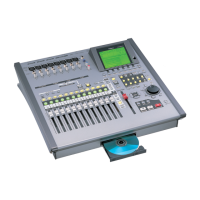
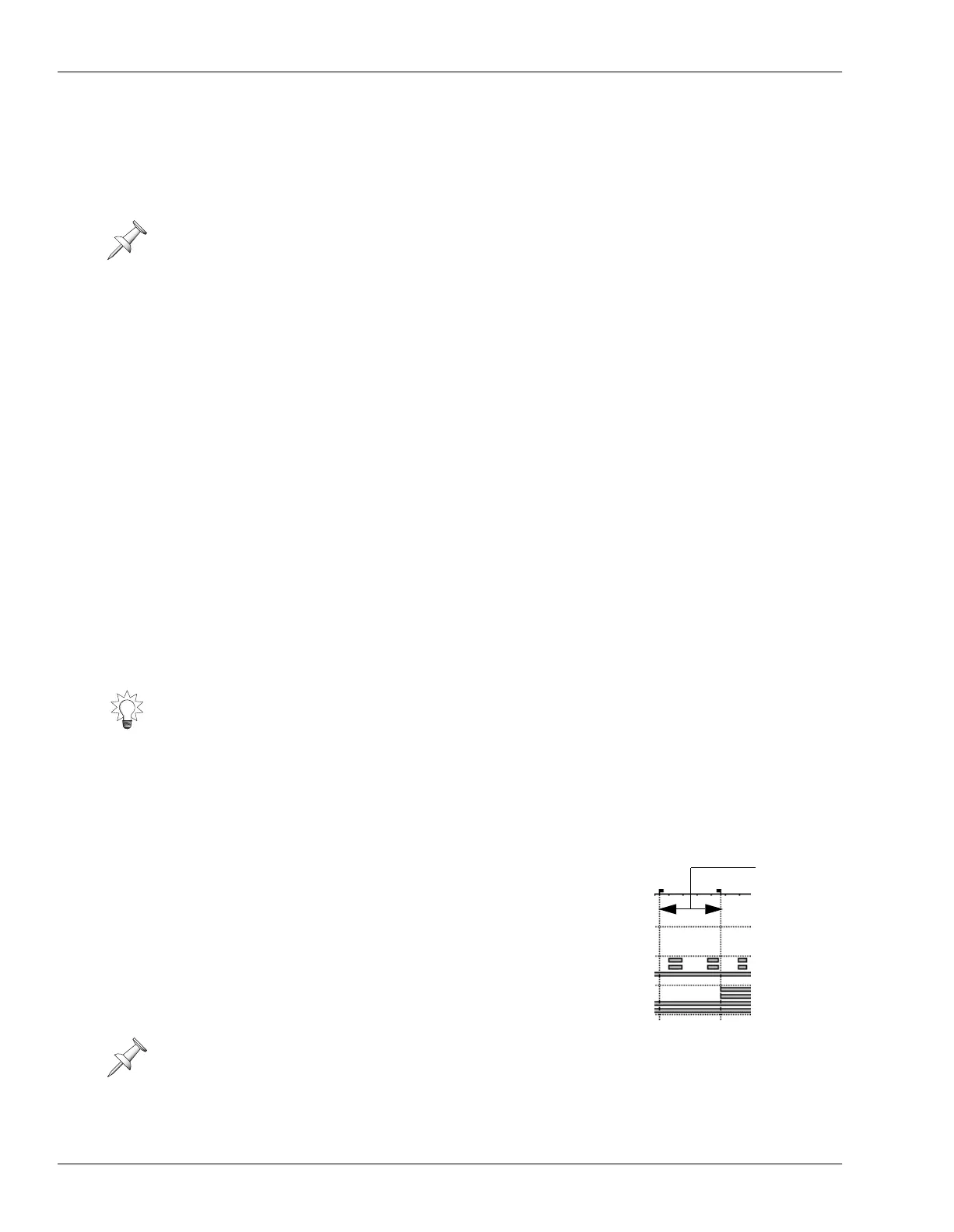